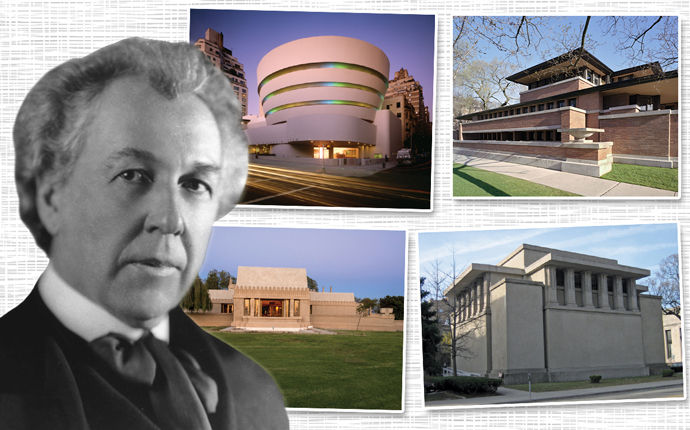Eight Frank Lloyd Wright-designed buildings joined the likes of the Taj Mahal and the Statue of Liberty on a United Nations list of culturally significant global landmarks.
A UNESCO committee voted on Sunday to induct the eight American buildings into the United Nations’ World Heritage List, according to the Chicago Tribune.
Among the inductees were Unity Temple in Oak Park and the Frederick C. Robie House in Chicago’s Hyde Park neighborhood, which were respectively completed in 1909 and 1910. The Guggenheim Museum in New York and Hollyhock House in Los Angeles were also added, plus Wright-designed buildings in Pennsylvania, Wisconsin and Arizona.
The World Heritage List now spans some 1,100 sites around the world with “outstanding universal value.” The Wright buildings were only the 24th American entry to make the cut.
The Frank Lloyd Wright Building Conservancy and U.S. Department of Interior nominated a longer list of Wright-designed buildings in 2016, but the committee rejected it. The applicants tried again after shaving two buildings from the entry: the Marin County Civic Center in San Rafael, Calif., and the Price Tower in Bartlesville, Okla.
The nominating group argued that Wright influenced architecture around the world through his signature Prairie Style, which emphasized matching buildings with their surroundings.
Meanwhile, preservationists are trying to save a Wright-designed house in the Chicago suburb of Glencoe, Ill., where new property owners applied for demolition permits. In L.A., local preservationists have been turning to landmark designations to protect existing buildings or slow the timeline for construction of new ones. [Chicago Tribune] — Alex Nitkin
